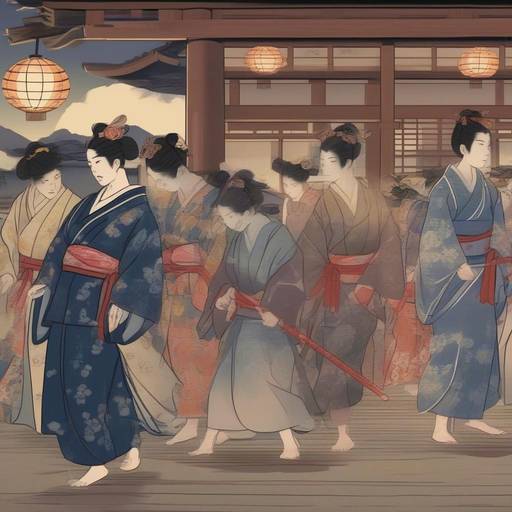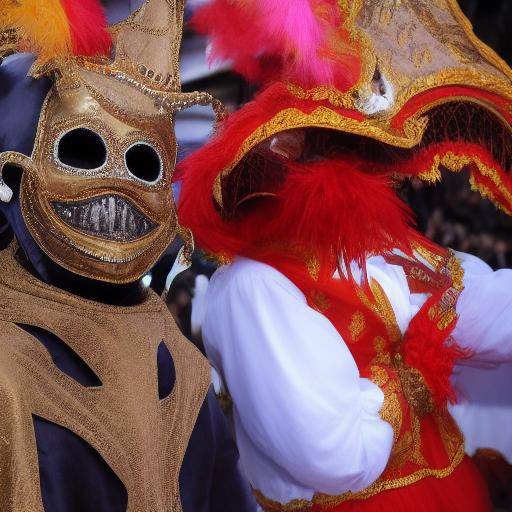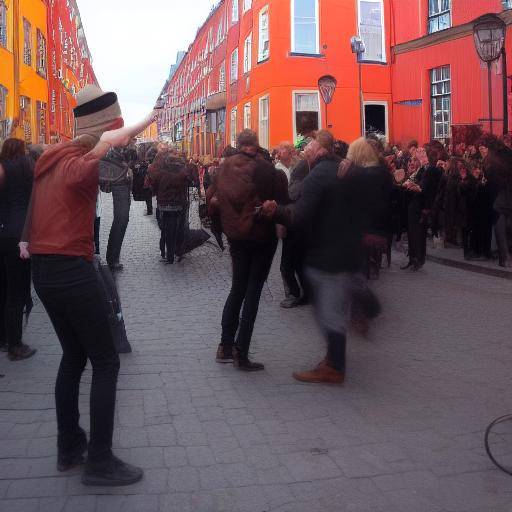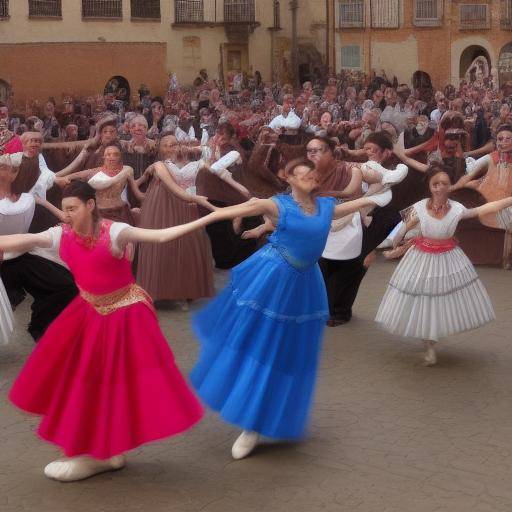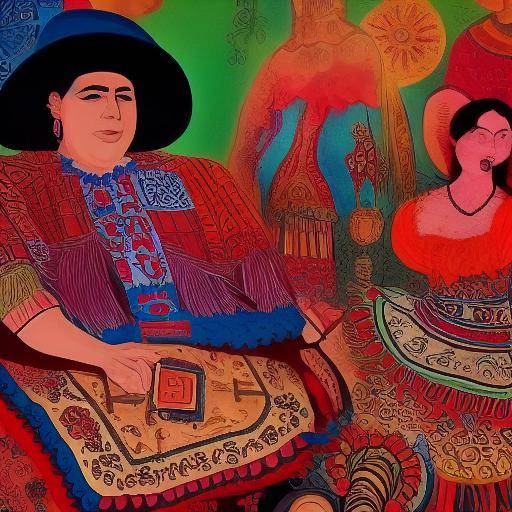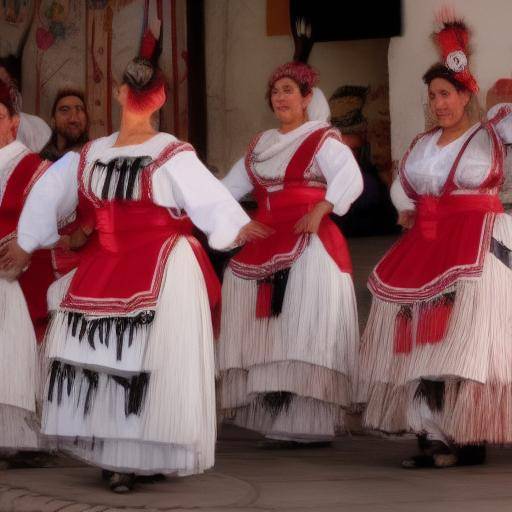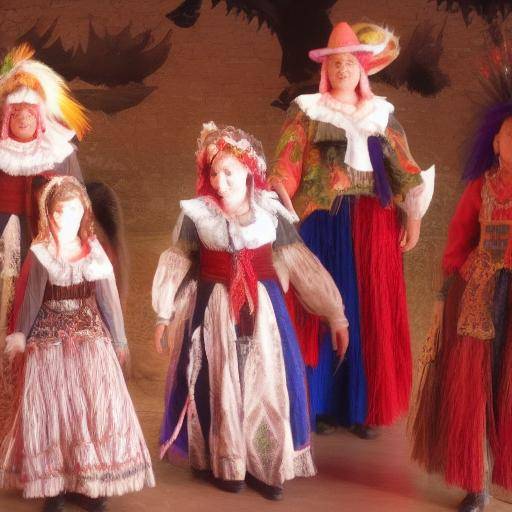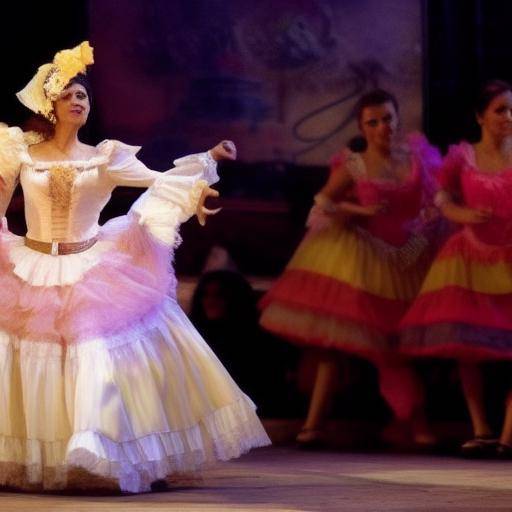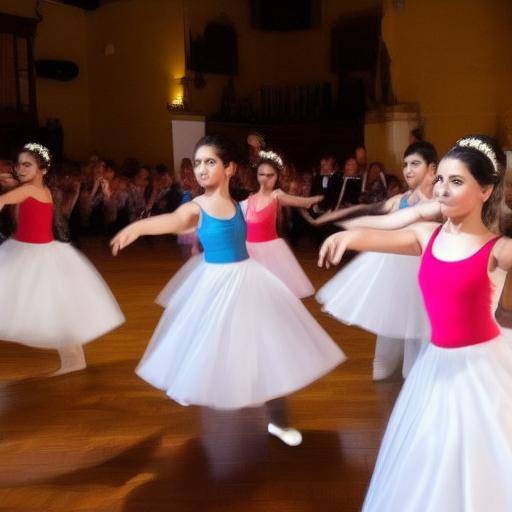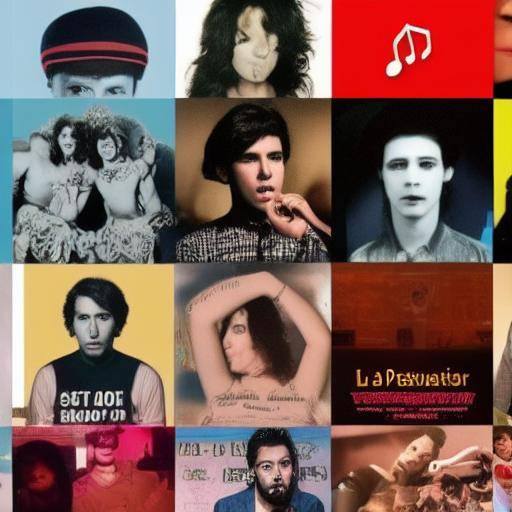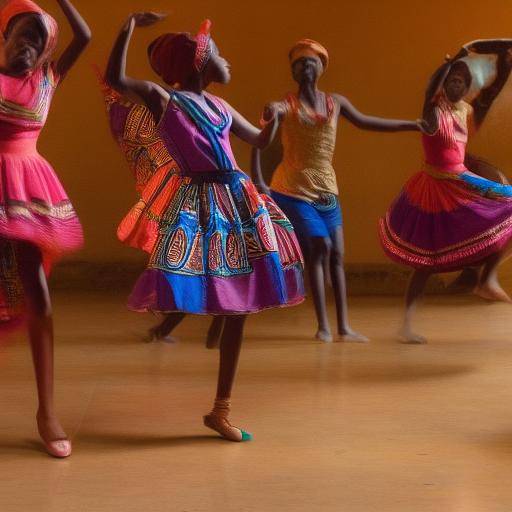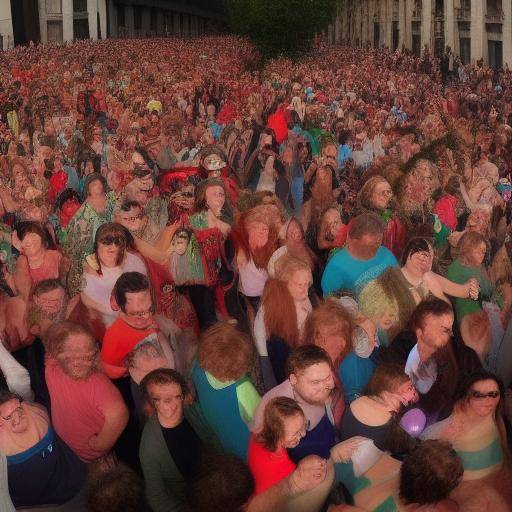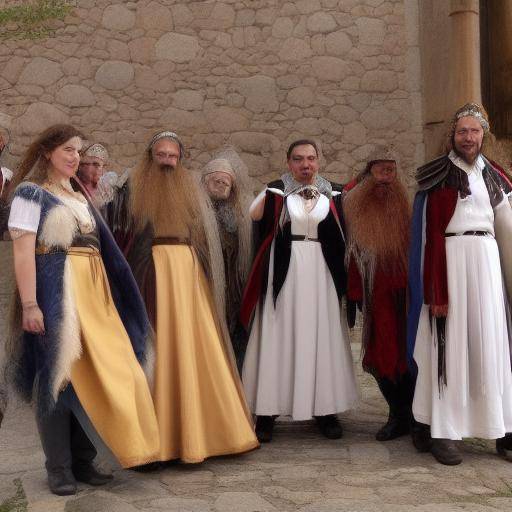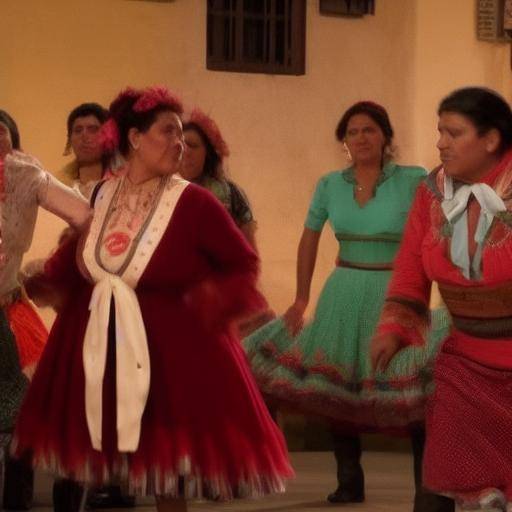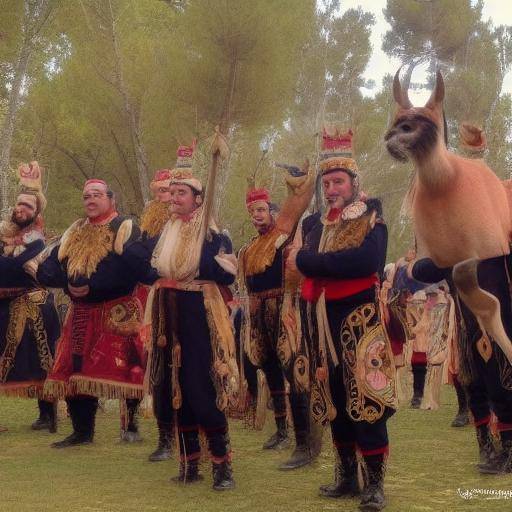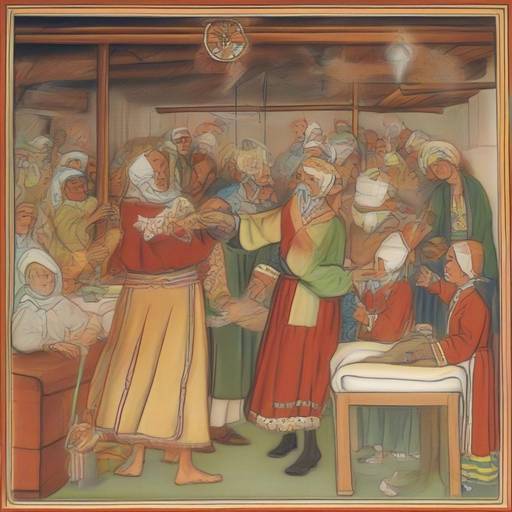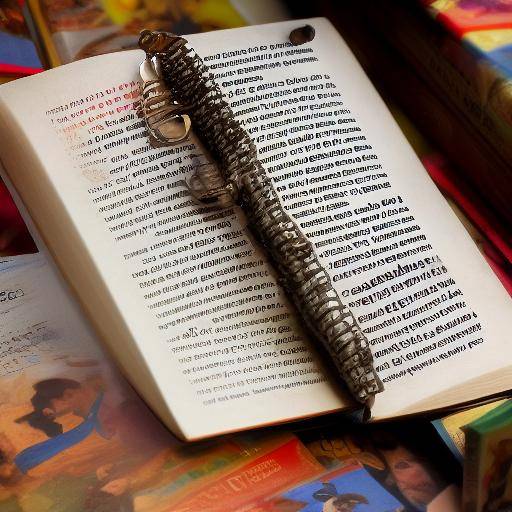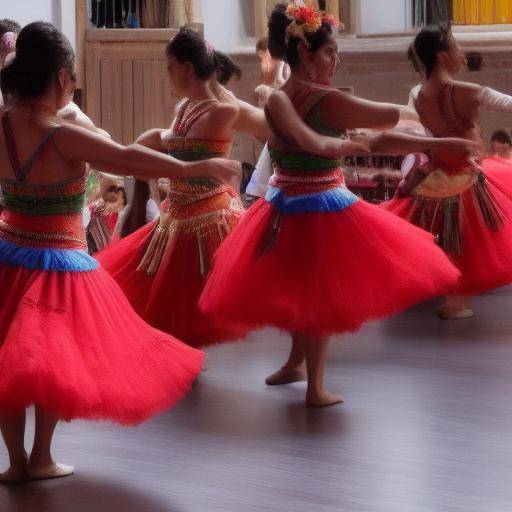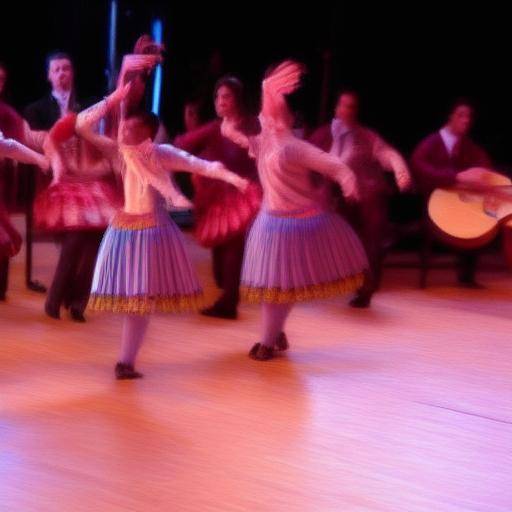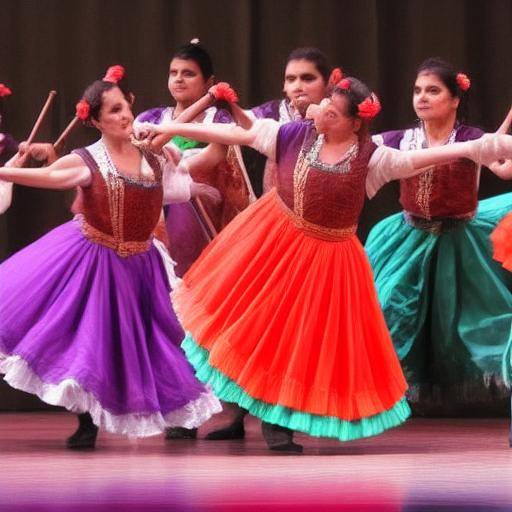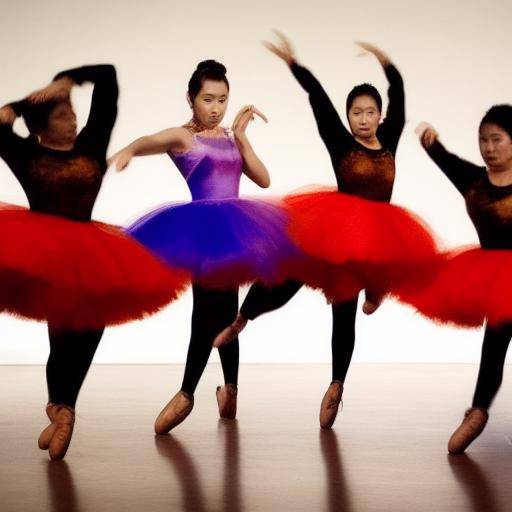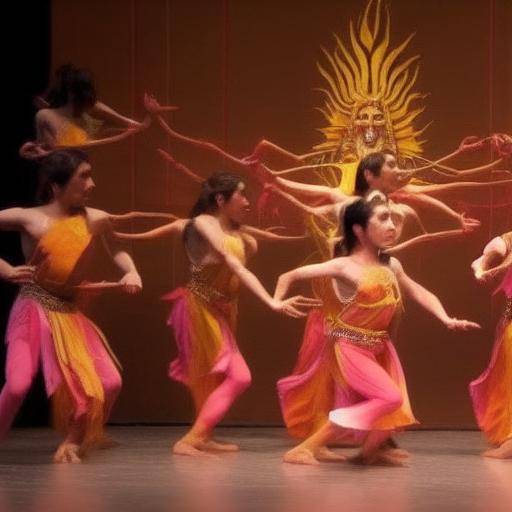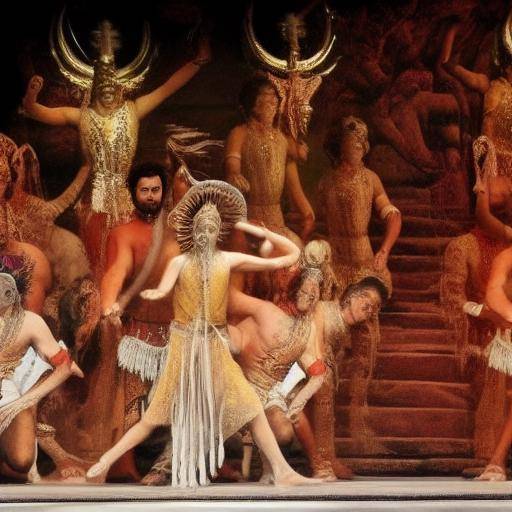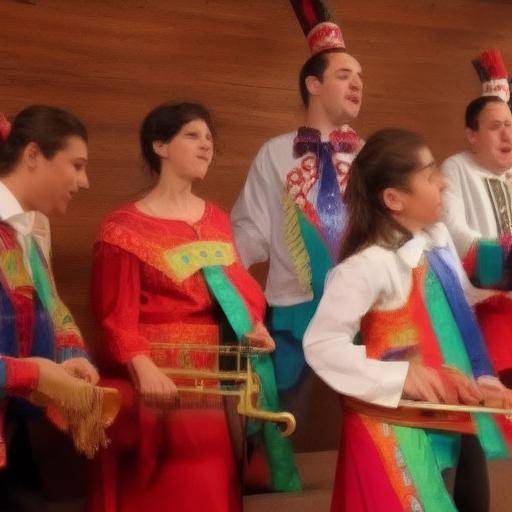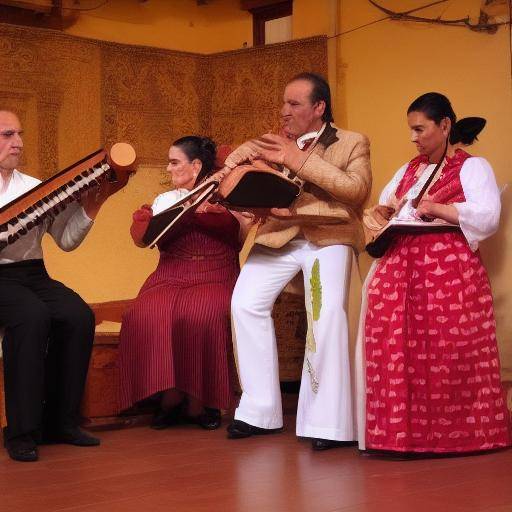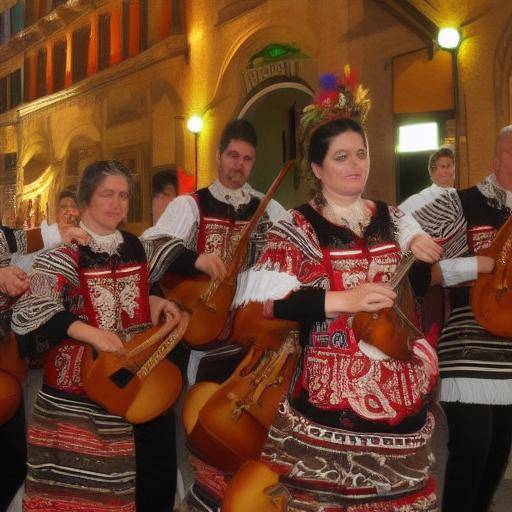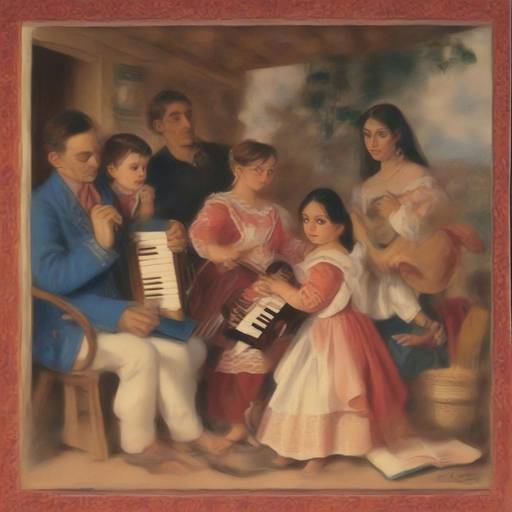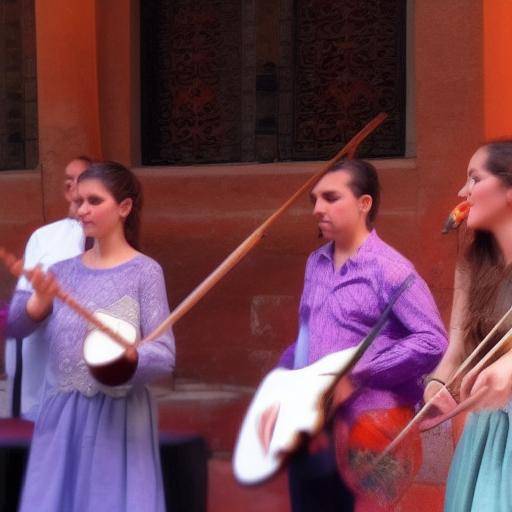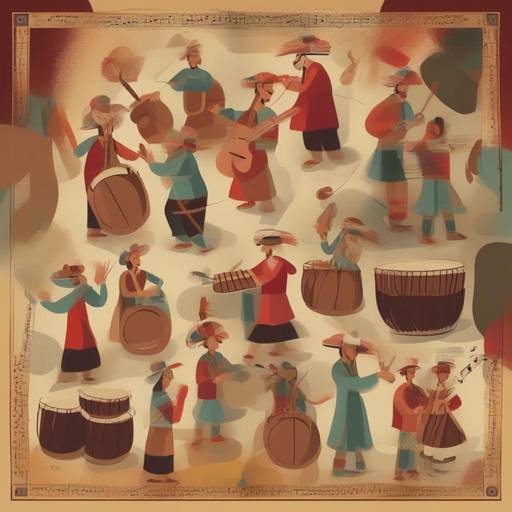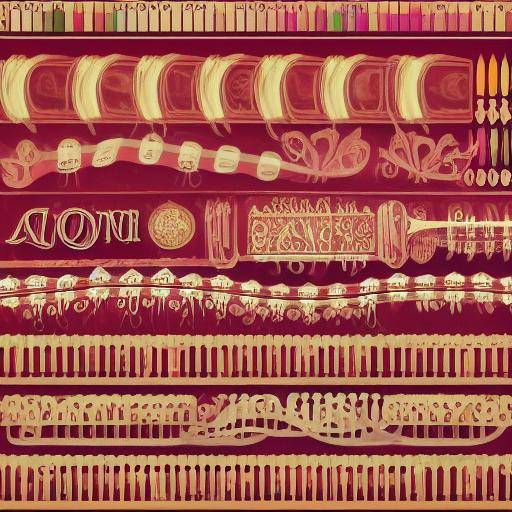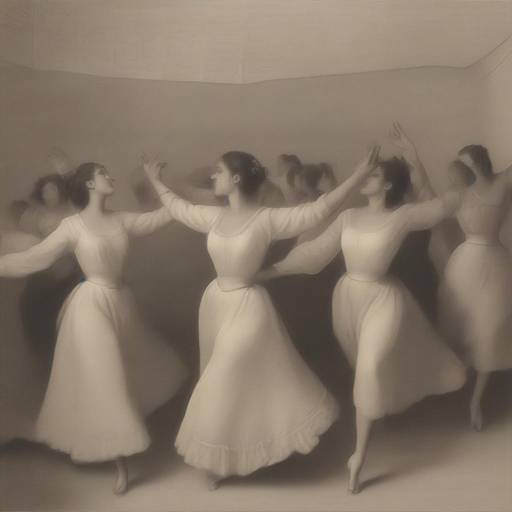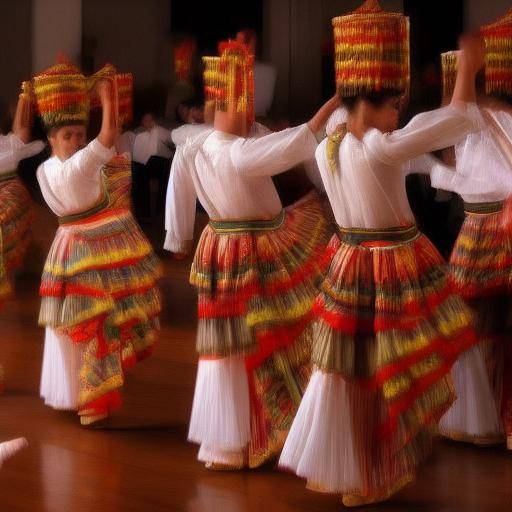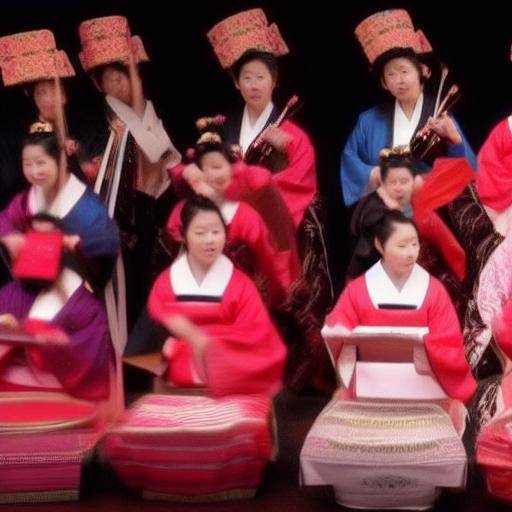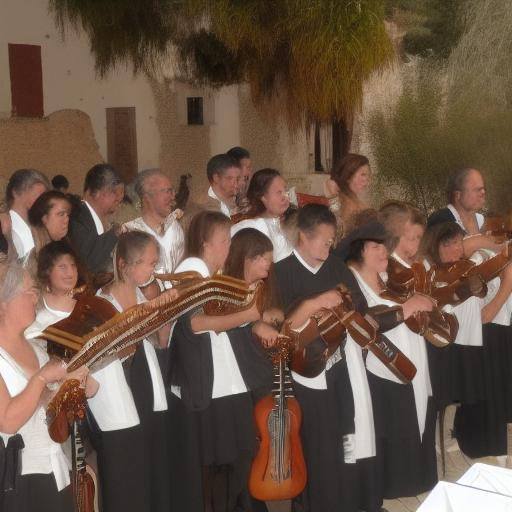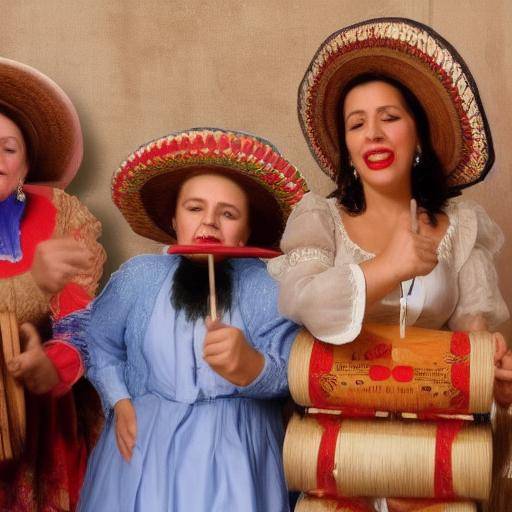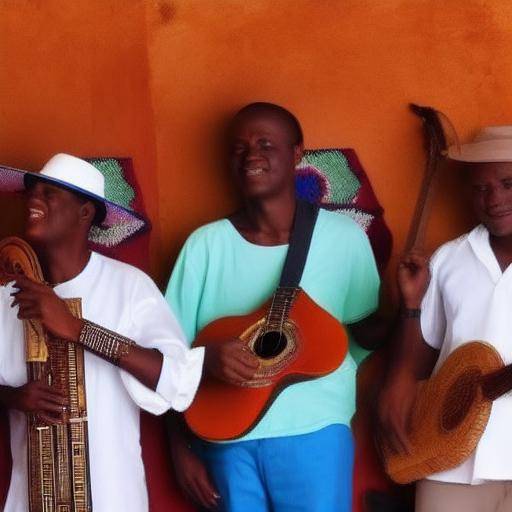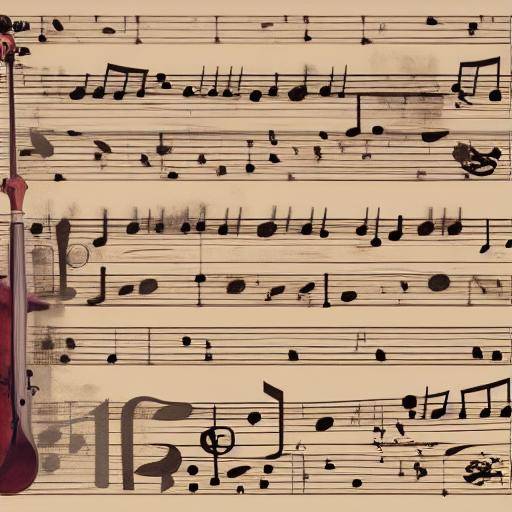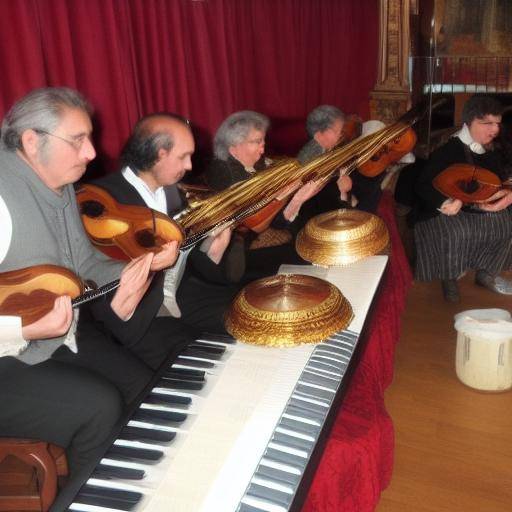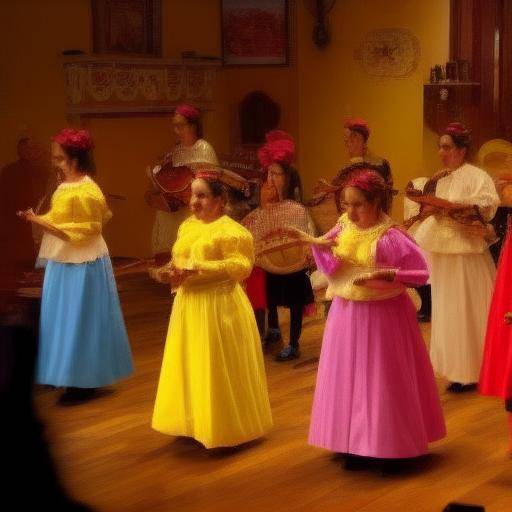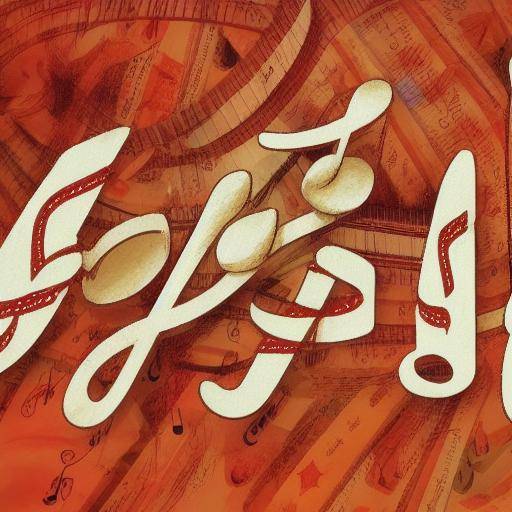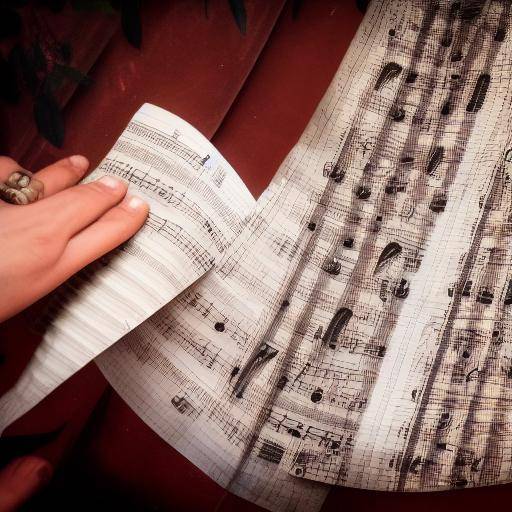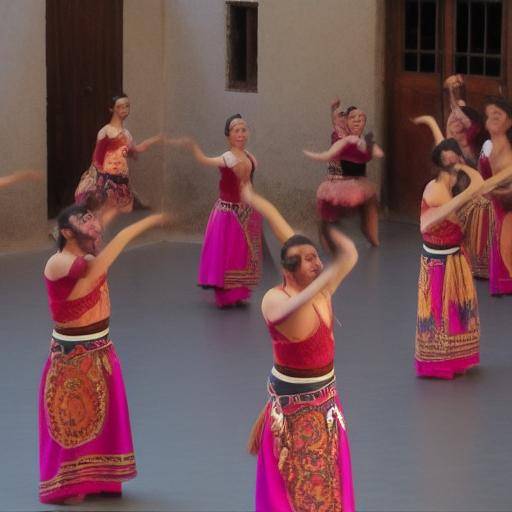
Scandinavian folklore has played a fundamental role in the cultural identity of the region, influencing not only its artistic expressions, such as music and dance, but also its history and traditions. Discover the wealth of this cultural heritage and its impact on Scandinavian artistic manifestations over time.
Introduction
Scandinavian folklore is a vast treasure of myths, legends and traditions that shaped the culture of the Nordic countries over the centuries. These ancestral narratives have found echo in various artistic expressions, especially in Scandinavian music and dance. In this article, we will explore the profound influence of Scandinavian folklore in these forms of art, as well as its relevance and evolution to the present day.
History and Background
Scandinavian folklore has its roots in the pre-Christian culture of the Nordic peoples, where the sagas, myths and rituals occupied a central place in the life of the community. With the Christianization of the region, many of these traditions were amalgamated with new beliefs, giving rise to a rich cultural syncretism that endures to this day.
Origins and Evolution
Music and dance have always been closely linked to Scandinavian folklore, serving as vehicles to preserve and convey ancient histories and beliefs. The first musical instruments, such as lira and flute, were used in ritual celebrations and pagan holidays, marking the rhythm of traditional dances.
In the Middle Ages, the influence of religious music and Gregorian songs was intertwined with folklodies, enriching the musical repertoire of the region. At the same time, Scandinavian dance evolved from ancient rituals of fertility and harvest to more stylized and structured forms, reflecting the complexity of Nordic society in constant change.
Great Figures and Hitos
Scandinavian folk music experienced a resurgence in the nineteenth century, thanks to the interest of intellectuals and artists to preserve indigenous cultural traditions. Great figures such as Edvard Grieg in Norway and Jean Sibelius in Finland contributed to the diffusion of folk music, incorporating melodic and thematic elements inspired by Scandinavian folklore in their classical compositions.
Folk dance, for its part, experienced a rebirth during the nationalist movement of the nineteenth century, driven by the desire to reaffirm the cultural identity of each Nordic country. Festivals and meetings of folkloric dance became platforms for the preservation and diffusion of ancient Danish traditions, consolidating their status as immaterial cultural heritage.
Analysis in Deep
The influence of Scandinavian folklore in contemporary music and dance is undeniable, transcending national borders to inspire artists from around the world. The fusion of traditional elements with modern sounds has led to a diverse and dynamic musical panorama, where folk heritage intertwines with the creative vanguard.
Benefits and Challenges
The melodic and narrative richness of Scandinavian folklore has given music and dance new layers of expression, enriching their emotional and aesthetic repertoire. However, the preservation and diffusion of these ancient arts faces challenges in the context of globalization and cultural homogenization, which requires a continuous effort on the part of the artistic and academic community.
Current trends
At present, Scandinavian folklore has found a renewed interest among new generations of musicians and dancers, promoting fusion and experimentation projects that seek to revitalize ancestral traditions from a contemporary perspective. Creative staresurgency has led to transnational collaborations and the exploration of new forms of musical and choreographic narrative, opening new horizons for artistic expression.
Comprehensive review
Scandinavian folklore, music and dance intertwine uniquely, nourishing each other and forming a vibrant cultural fabric. Its influence extends beyond the artistic sphere, permeating the collective identity of the Nordic peoples and enriching the world's cultural heritage.
Applications and Best Practices
The application of Scandinavian folklore in music and dance is diverse, from the creation of original works inspired by Scandinavian myths and legends to the reinterpretation of traditional folklore pieces in contemporary formats. The integration of this cultural legacy into innovative artistic proposals is a valuable contribution to global intercultural dialogue.
Comparative perspectives
The comparison between Scandinavian folklore, music and dance allows us to identify both its common elements and its particularities, enriching the understanding of cultural diversity and its artistic manifestations. This comparative exploration invites us to reflect on intercultural dynamics and the role of tradition in contemporary creativity.
Practical Tips and Accessible Tips
If you are interested in diving into the world of Scandinavian folklore, music and dance, here are some practical tips to start your exploratory journey:
- Explore Scandinavian folk music festivals and participate in traditional dance workshops to immerse yourself in the vibrant atmosphere of these artistic expressions.
- Investigate and discover contemporary artists that combine Scandinavian folklore with current musical genres, expanding your auditory and aesthetic horizons.
- Connect with local communities that preserve and promote Scandinavian folklore, music and dance, enriching your understanding of traditions and their current context.
Industry Perspectives and Expert Reviews
The perspectives of experts and professionals in the artistic field offer an enriching view on the integration of Scandinavian folklore in contemporary music and dance, as well as its relevance within the global cultural spectrum.
Future Trends and Predictions
The future of music and dance with influences of Scandinavian folklore promises to continue to expand, enriching the stylist and cultural diversity of the international artistic landscape. Innovative collaborations are expected, as well as research that deepen the interconnection between Scandinavian folklore, music and dance in a globalized context.
Conclusions and FAQs
Conclusions
Scandinavian folklore has left an indelible mark on music and dance, enriching artistic expression with its myths, melodies and ancestral movements. Its influence persists in a creative dialogue that transcends temporal and geographical borders, inviting new generations to explore and celebrate this unique cultural heritage.
Frequently asked questions
1. How has traditional Scandinavian music adapted to contemporary trends?
Traditional Scandinavian music has experienced a process of creative adaptation, merging folkloric elements with modern sounds such as rock, jazz and electronic music, leading to new stylistic and conceptual expressions.
2. What are the main features of traditional Scandinavian dance?
Traditional Scandinavian dance is distinguished by its vivacity, connection with nature and the use of steps and movements that evoke themes of rural life and ancestral festivities.
3. What festivals of Scandinavian folk music stand out today?
Among the most outstanding Scandinavian folk music festivals are the Nordsjøfestivalen in Norway, the Kaustinen Folk Music Festival in Finland and theTrollhättan Folk Festival in Sweden, which offer a unique celebration of Scandinavian folklore through concerts, workshops and participative activities.
4. How can I learn to dance traditional Scandinavian dances?
Numerous cultural institutions and community groups offer Scandinavian folk dance classes, providing the opportunity to learn the traditional steps and participate in cultural events focused on dance.
5. What is the role of women in Scandinavian music and folk dance?
Women have played an important role in the preservation and transmission of Scandinavian musical and Danish traditions, as well as in the creative reinterpretation of these forms of art, providing a unique and original perspective.
6. What foreign influences have impacted on Scandinavian folk music and dance?
Throughout Scandinavian history, music and dance have been enriched by cultural exchanges with other regions, incorporating elements of foreign traditions and adapting them to Nordic aesthetics and sensitivity.
In short, Scandinavian folklore enriches music and dance with its rich heritage of myths, melodies and movements, inspiring artists and audiences to explore the cultural roots of the region. This interconnection between the past and the present provides a fascinating artistic panorama that continues to evolve, keeping alive the essence of Scandinavian folklore in contemporary creative expression.

